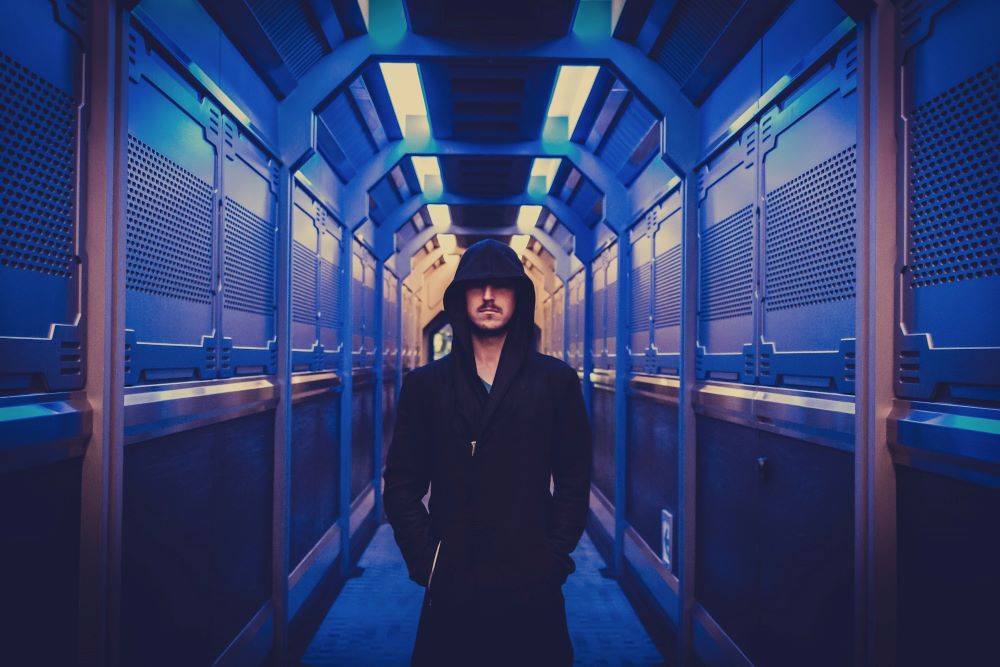Villains play an essential role in many works of fiction by serving as the antagonists that readers love to hate. While heroes are meant to be sympathetic and likable, villains give the story conflict and intrigue. Let’s face it: we wouldn’t enjoy our books the same had the villain been different.
Some of the most iconic villains from literature have stayed with readers long after finishing a book due to their complexity, motivations, and the threat they pose. Let’s explore some examples of memorable villains from classic and popular books.
Our Beloved Villains
Planet Saviors by Raymond Hunter
The head of the Travel Committee, Vinx Ruus, is a rigid bureaucrat fiercely opposed to change. As the multi-century leader of the Committee, he has grown complacent and closed-minded in his old age. Ruus believes fervently in preserving the engineered utopia of Mund that has remained stagnant but “perfect” for generations. He views any suggestions to alter their system as dangerous threats.
Harry Potter by J.K. Rowling
Lord Voldemort from the Harry Potter series is one of the most well-known villains in modern literature. As the dark wizard who murdered Harry’s parents, he represents the ultimate evil that Harry is destined to defeat. What makes Voldemort so compelling is that beneath his inhuman appearance lies a calculating and ambitious man driven by a thirst for immortality and power. His lack of humanity due to creating Horcruxes to preserve his soul makes him a terrifying and soulless monster.
It by Stephen King
Another chilling villain is Pennywise the Dancing Clown from Stephen King. As an ancient cosmic evil that awakens every 27 years to prey on the children of Derry, Maine, Pennywise uses fear and shapeshifting to lure its victims. Taking the form of a clown allows it to appeal to children’s innocence while hiding its monstrous nature. It represents mankind’s deepest primal fears, like loneliness, abuse, and death, in a truly horrifying way.
Inglorious Basterds by Quentin Tarantino
Colonel Hans Landa from Inglorious Basterds is a prime example of a villain who utilizes his intelligence rather than supernatural abilities. As a highly skilled Nazi colonel, Landa uses precise etiquette and social engineering to hunt down Jews hiding from the Third Reich ruthlessly. His role gives viewers a grounded sense of absolute evil in his calm yet sinister demeanor.
Sherlock Holmes by Conan Doyle
Professor James Moriarty from Arthur Conan Doyle’s stories is the brilliant criminal mastermind pitted against the world’s greatest detective. Moriarty evades detection for a long time due to his intellectual equality with Holmes. Readers get a thrill from these epic battles of wits between good and pure evil. Moriarty shows how villainy can be just as cerebral as heroism.
These selections highlight how memorable villains get under our skin through a perfect mix of menace, intelligence, and the challenges they present to heroes. The finest antagonists stay with us because we are simultaneously repulsed yet fascinated by the dark corners of humanity they represent. Compelling villains will continue to be a fixture in stories that enthralled readers and entertained audiences for generations.

Order Your Copy of Planet Saviors by Raymond Hunter Today!
With insightful and nuanced themes examining the dangers of stagnation, Raymond Hunter establishes an ideological clash between optimism and pessimism. His intricate world-building of Mund’s engineered society and Earth’s contrasting humanity further enhances this intriguing dynamic.
Place your order now!




